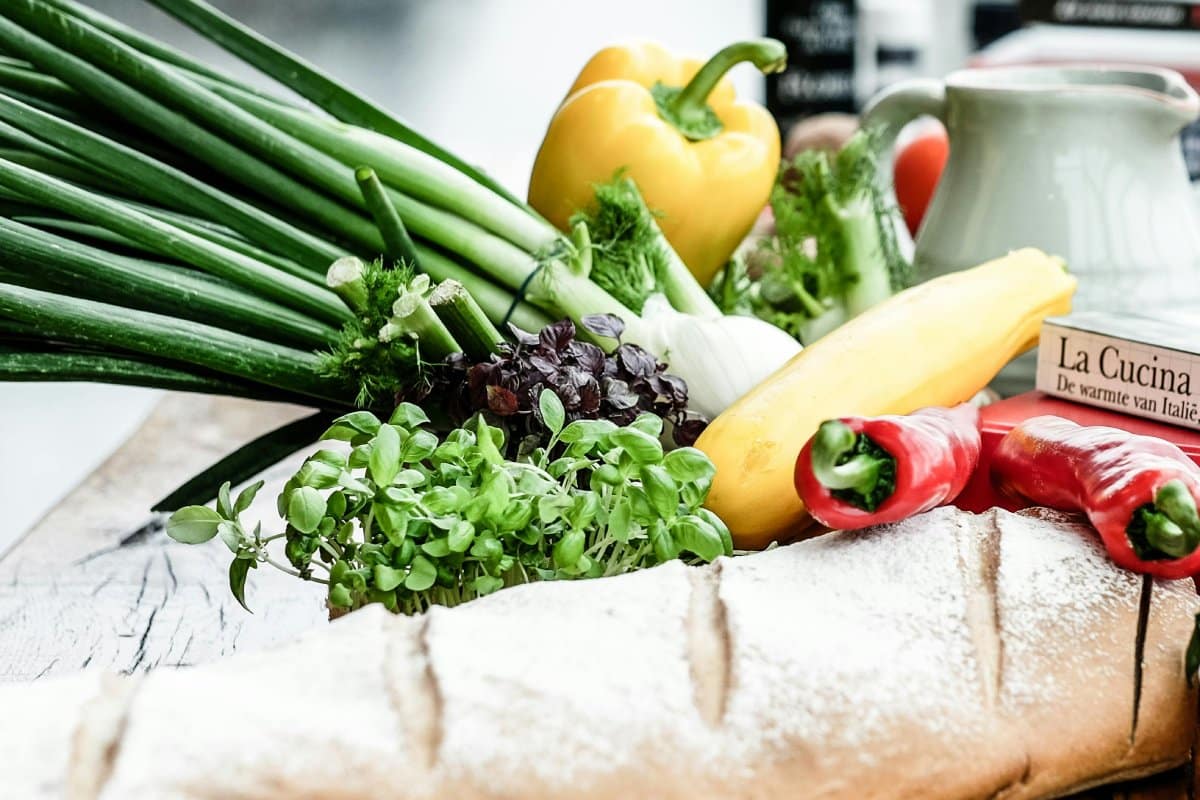Embracing a zero-waste cooking philosophy not only helps reduce your environmental footprint but also makes your kitchen more efficient and creative. Here are 15 tips to help you make the most out of your ingredients, ensuring nothing goes to waste.
#1. Vegetable Broth

Save scraps like onion skins, carrot peels, and celery ends in the freezer. Once you have enough, simmer them in water to make a flavorful vegetable broth.
#2. Citrus Zest

Before juicing citrus fruits, zest the skin. Use the zest to add flavor to baked goods, dressings, or marinades.
#3. Potato Peels

Instead of discarding potato peels, toss them with a little oil and salt, and bake until crispy for a delicious snack or side.
#4. Herb Stems

Herb stems, such as cilantro and parsley, are packed with flavor. Chop them finely and incorporate into dishes or use them to make pesto.
#5. Stale Bread

Transform stale bread into breadcrumbs or croutons. Bread that’s past its prime can also be used to thicken soups or make French toast.
#6. Cheese Rinds

Save the rinds from hard cheeses like Parmesan. Add them to soups or stews for an extra layer of savory flavor.
#7. Carrot Tops

Carrot tops can be made into a delicious and nutritious pesto or salad greens. They are excellent sautéed or used in soups.
#8. Beet Greens

The leafy tops of beets are great sautéed with garlic and oil or added to smoothies. Don’t throw them out—they’re full of nutrients.
#9. Bone Broth

After enjoying a meal of roasted chicken or beef, simmer the bones with vegetables to create a rich broth that can be used as a soup base.
#10. Apple Peels

Use apple peels to make apple tea or vinegar, or add them to a smoothie for extra fiber.
#11. Coffee Grounds

Used coffee grounds can be used as a natural deodorizer or body scrub. They’re also great for composting.
#12. Watermelon Rind

The white part of watermelon rinds can be pickled or used in curry recipes. It adds texture and absorbs flavors well.
#13. Pumpkin Seeds

Instead of tossing them out, clean and roast pumpkin seeds for a crunchy snack. Season with your favorite spices.
#14. Fish Scraps

Fish heads and bones can be boiled down to make fish stock, which is perfect for seafood soups or risotto.
#15. Eggshells

Crush clean eggshells and use them as a natural fertilizer for your garden. They add calcium to the soil and help plants grow.
Closing the Loop in the Kitchen

Adopting these zero-waste tips not only maximizes the use of your groceries but also encourages a sustainable lifestyle that can significantly impact the environment. By finding new uses for food scraps, you turn what would be waste into resources, enhancing flavors in your dishes and reducing your overall kitchen waste. Let’s cook smarter and more sustainably!
The post Zero-Waste Cooking: 15 Tips for Using Every Part of the Ingredient first appeared on Mama Say What?!
Featured Image Credit: Pexels / Timur Saglambilek.
For transparency, this content was partly developed with AI assistance and carefully curated by an experienced editor to be informative and ensure accuracy.





